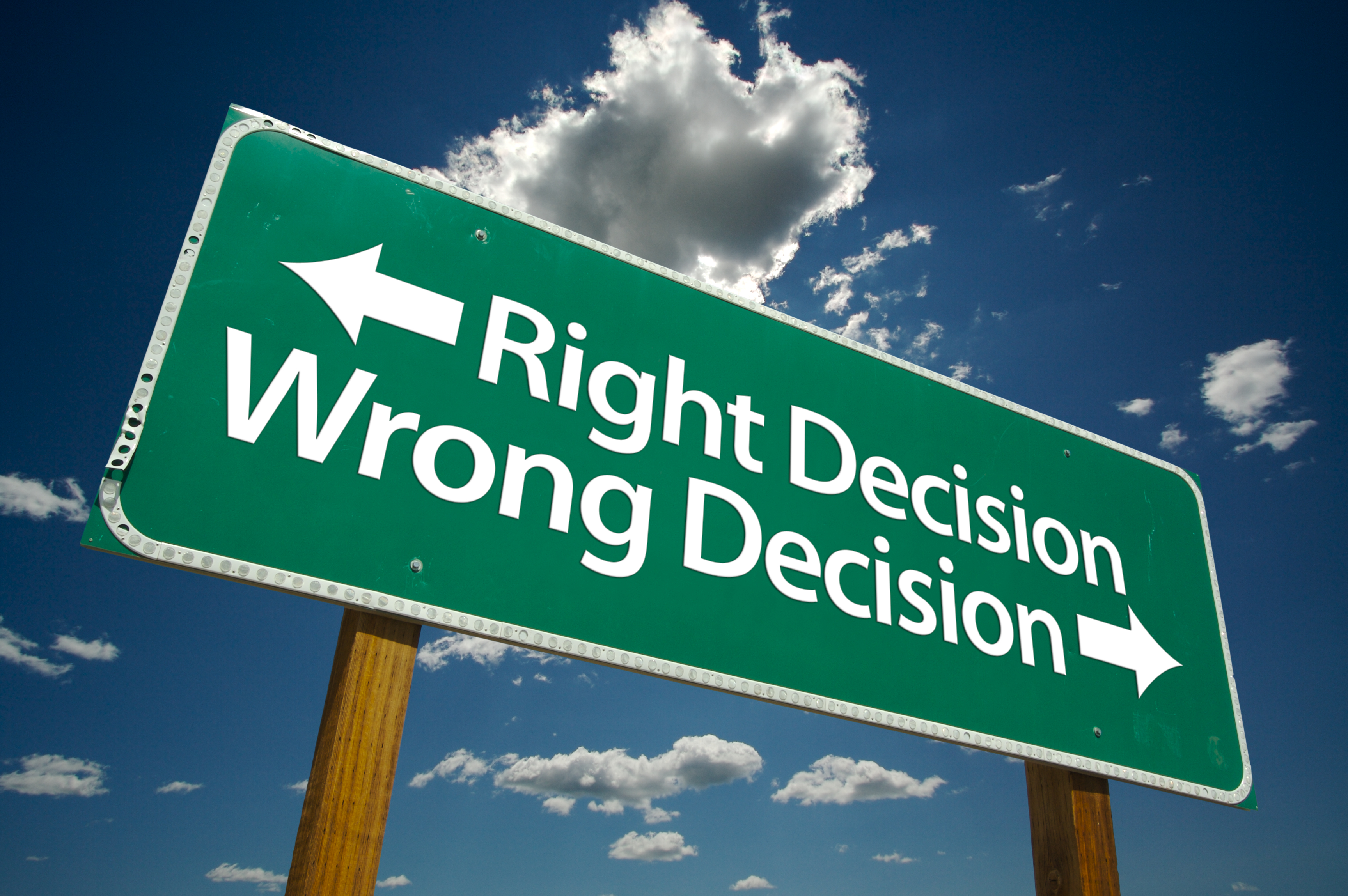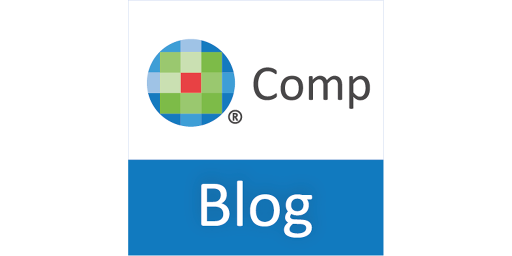Blatant Mischaracterizations of PERA Hurt Those the Bill Could Help Most
“It is frustrating beyond belief that those who would benefit most from the proposed changes are mischaracterizing the reforms…. The ‘my way or the highway’ approach to PERA is particularly annoying when what is being said is manifestly incorrect.”
It is time to set the record straight. For reasons I don’t understand, many inventors are just not being truthful about the provisions of patent reform bills now pending in Congress. In fact, some in the independent inventor community are attempting to rally support to kill the overwhelmingly pro-patent, pro-innovation, patent eligibility bill now pending. This is an enormous mistake that will have tragic consequences unless those who have the most to lose become willing to accept a win, even if that win does not provide them with 100% of what they want.
Unfortunately, independent inventors specifically, and more generally the innovation community, refusing to take a win that will lead to a better, fairer patent system is nothing new. Ever since the passage of the America Invents Act (AIA), most inventors have been extremely upset, and rightfully so. We have watched the Supreme Court, the Federal Circuit and the Patent Trial and Appeal Board (PTAB) deviate from long-held norms, interpreting many important innovations like new antibiotics, safer fetal testing, and even smart grid technologies as not being patent eligible. Along the way, there have been opportunities to make things better, admittedly not all at once, but reforming patent eligibility has seriously been on the table for discussion for at least four years, and there was an opportunity to codify the PTAB reforms instituted by former U.S. Patent and Trademark Office (USPTO) Director Andrei Iancu, for example. But the perfect has become the archenemy of the good, or at least the perfect as perceived—often incorrectly so—by some in the innovation community, and in particular independent inventors.
Blatantly Inaccurate Claims Aren’t Helping
Some within inventor leadership in various groups and organizations are saying outrageously inaccurate things as they walk the halls of Congress. For example, independent inventors are claiming that the Patent Eligibility Restoration Act (“PERA”) of 2023 would make artificial intelligence (AI) innovations patent ineligible. Of course, the exact opposite is true. And how they can get something so wrong is as mindboggling as it is frustrating.
So, how is it possible that some independent inventor leaders hold views so blatantly inaccurate about PERA? They have told IPWatchdog that they understand what various courts and tribunals do and they just know that the reforms in PERA will change nothing. But what they think they claim they know is based on more than a decade of decisions from the Supreme Court and Federal Circuit that broke from well-established patent law interpretations, and which established entirely new frameworks not found within the statute. These frameworks cannot be reconciled with the explicit text of the Patent Act, and PERA would overturn nearly all of the judicial activism of the last 12+ years relating to patent eligibility.
The Reality
For example, PERA says in explicit terms that a process “shall not be excluded from eligibility for a patent if the process cannot practically be performed without the use of a machine or manufacture.” Simply stated, it is impossible for an invention that is truly AI or machine learning (ML), which is properly described, to be performed without the use of a machine. The only possible objection by independent inventors is if they want to allow for the patenting of ideas that are not inextricably intertwined with the use of a machine or manufacture.
PERA also specifically and unceremoniously does away with the so-called judicial exceptions to patent eligibility, which the Supreme Court and Federal Circuit have aggressively used since Mayo and Alice to find software and many biotech innovations patent ineligible. An end to these judicial exceptions, which are extra-statutory usurpations of Congressional authority, is undeniably and objectively positive for innovators and patent owners. If passed, PERA would set the clock back to at least 2011 in terms of patent eligibility law, and in some sense even further, because judicial exceptions would become specifically prohibited.
According to PERA, the only exceptions to patent eligibility are:
- A mathematical formula that is not part of an invention.
- A mental process performed solely in the mind of a human being.
- An unmodified human gene, as that gene exists in the human body.
- An unmodified natural material, as that material exists in nature.
- A process that is substantially economic, financial, business and can practically be performed without a machine.
This list specifically and unambiguously overrules Mayo and Myriad, and while it would prevent the patentability of pure business methods, if the invention is not substantially economic or financial in nature, it will be patent eligible. Tie this together with the PERA caveat that says if the invention cannot be practically performed without a machine it is eligible, and the law would make things like payment gateways that provide a technical solution to a technical problem patent eligible, which is not the case presently.
‘My Way or the Highway’ Sends Us Over the Cliff
It is frustrating beyond belief that those who would benefit most from the proposed changes are mischaracterizing the reforms. If the industry is divided, it will be an uphill fight to achieve pro-patent reform. The “my way or the highway” approach to PERA is particularly annoying when what is being said is manifestly incorrect.
Beware of anyone who tells you that the 2023 round of patent reform legislation isn’t pro-inventor and pro-patentee. The real problem is this round of patent reform may be too one-sided to get past what will eventually be a full court assault by those who like things precisely as they are today. For now, those in favor of the status quo can just sit back and allow independent inventors to form a circular firing squad. It is sad to watch. So much good could be done, but for some reason if things are not done precisely the way the independent inventors demand they are aggressively opposed to anything that moves the needle in a positive direction.
Image Source: Deposit Photos
Author: Feverpitch
Image ID:2329825
Gene Quinn
Gene Quinn is a patent attorney and a leading commentator on patent law and innovation policy. Mr. Quinn has twice been named one of the top 50 most influential people […see more]







